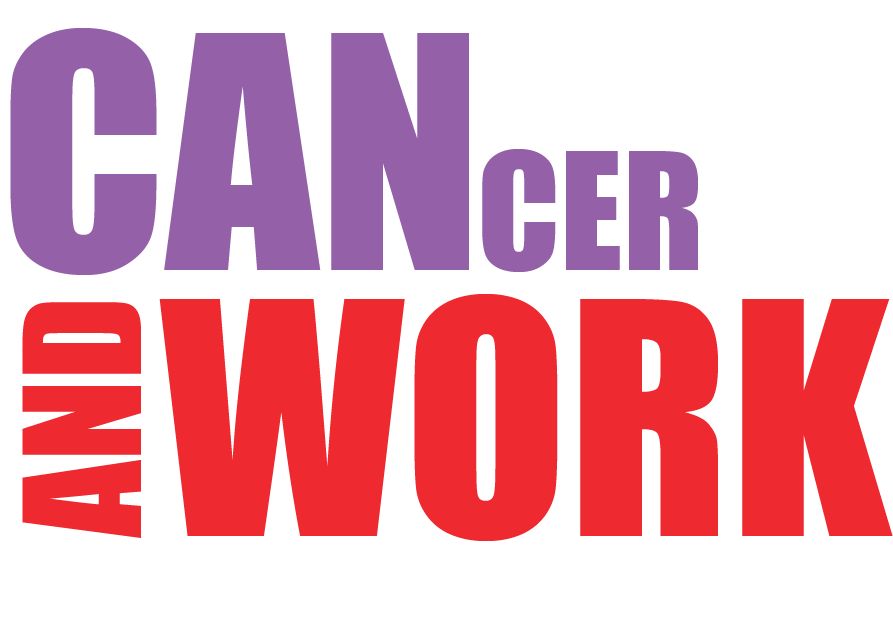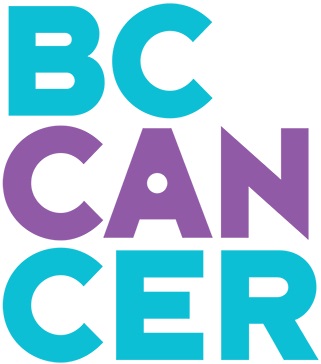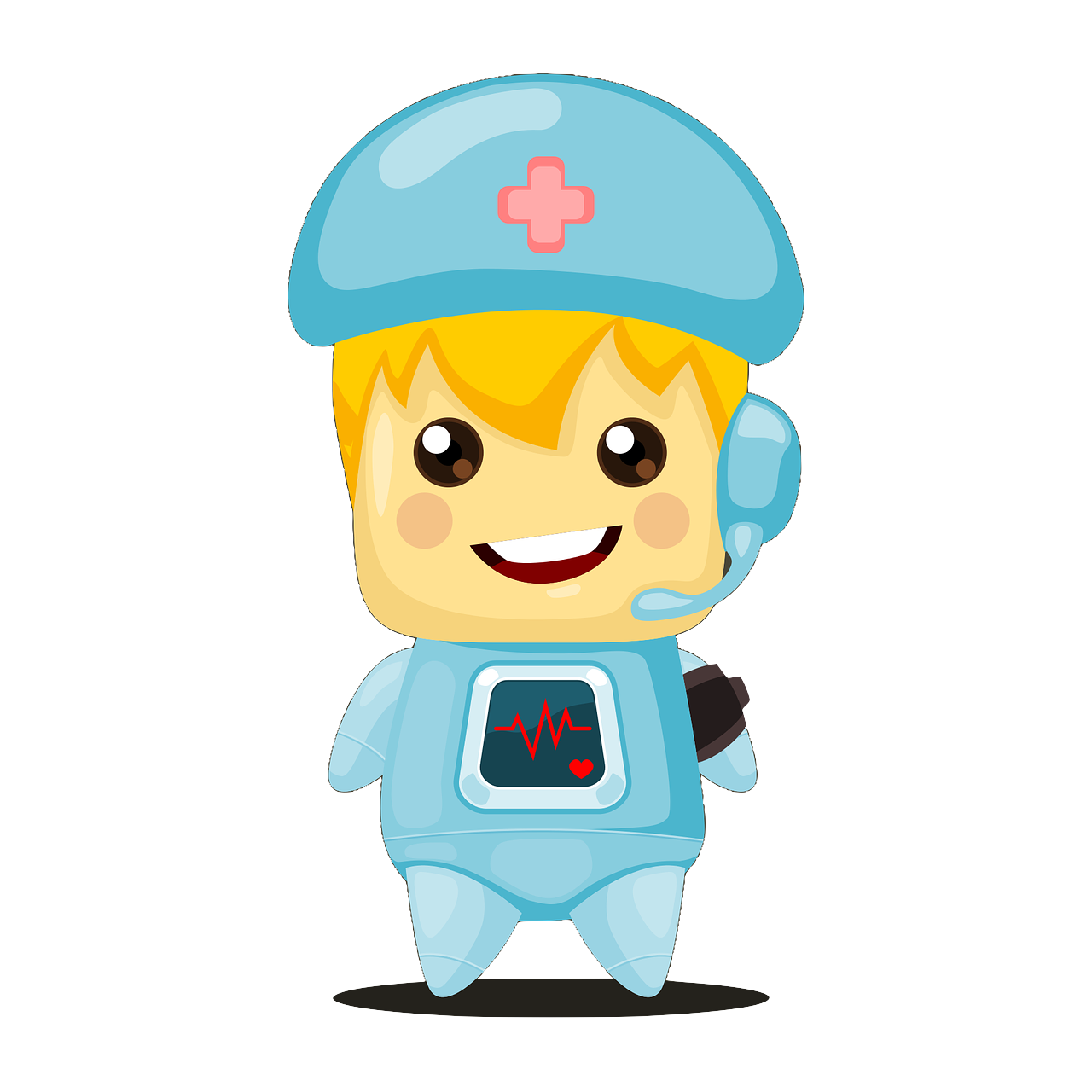Step 1 of 10 in getting ready to return to work:
There are many factors that impact a cancer survivors’ chances for a successful return to work. Understanding facilitators and barriers that can ease or hinder their return to work can help determine what needs to be addressed. The Vocational Rehabilitation Model for Cancer Survivors identifies four factors biopsychosocial, person-centered, system and worksite factors) that can guide your assessment and help you determine how you can help a cancer survivor with return to work. Once your assessment of factors is complete, your review will better enable you to work with your patients to determine their goals, provide or advocate for care, and help them navigate their return to work.
In the Vocational Rehabilitation Model for Cancer Survivors, there are four factors that interact to influence the RTW process and the person’s workability. These are biopsychological, person-related, systems and work-site factors.
Biopsychological
Here, the assessment looks at what are the biological and psychological factors that can proceed, emerge or continue on after diagnosis and treatment, such as a pre-existing disability and cancer and treatment-specific factors and late and long-term effects of these. Further in the assessment is seeing how these factors can impact recovery and whether physical, psychological and cognitive disabilities are temporary, long-lasting, or permanent?
Here are examples of how bio-psychological factors impact on the cancer survivors’ workability.
Example 1: A cancer survivor now finds that his neuropathy in his hands is not improving and as a result, he is unable to type on a keyboard.
Example 2: Because of learning difficulties unrelated to cancer, a cancer survivor has previously chosen work as a laborer. She is now unable to do the heavy work required of this job but does not think she can handle formal schooling because of her learning challenges.
Example 3: A cancer survivor has ongoing problems with low mood, concentration, word-finding, and memory and feels managing others in a busy work setting may be challenging to do.
Person-related Factors
Many cancer survivors often describe a change in the meaning, priorities, motivation with reference to work. Several person-related factors are likely to impact their ability, access and willingness to return to work . In your assessment of person-related factors, you will want to assess:
What are the cancer survivor’s feelings about their job, feelings of self-efficacy, and the demographic factors unique to them that may influence return to work.
What are the cancer survivor’s perceptions of work (views of the meaning of work, motivations and/or importance of work), whether they view work as positive, negative or healthy and their expectations of recovery with respect to work.
What are the demographic factors such as age, gender, and education that might influence access to work?
Example 1: A cancer survivor feels that stress caused his cancer and feels the main source of stress comes from work. He, therefore, is afraid to return to work for fear this will increase his chances of getting a recurrence of his cancer.
Example 2: A survivor wants to continue working during treatment because she feels working allows to stay connected to colleagues to prevent her from feeling socially isolated.
Example 3: The cancer survivor is an older worker and is concerned that his employer will be less keen to have him back because the temporary replacement worker in his job is younger and is paid at a lower income.
Systems Factors
What are the influences of systems such as the health care services, insurance providers, community agencies, legislative supports and social and family networks? Navigating systems can be both a positive and negative experience that can assist, delay or impede in a person’s ability to return to work. For example influences from the healthcare services can include timely access to treatments, symptom management, rehabilitation and even views of the health care provider about whether a cancer survivor is able to work. The support by an insurance provider such as income support (how much and for how long) and funding for rehabilitation support can influence return to work. Family influences such as competing demands (such as caregiving) and family support can influence return to work. System influences can also include the legal support to help job retention. For more information on legislative support see: https://www.cancerandwork.ca/healthcare-providers/law-policy-and-practice-information/
Example 1: A breast cancer survivor wants to delay returning to work until she has reconstructive surgery which is scheduled in 4 months.
Example 2: A cancer survivor has access to funding for an exercise program through a long- term disability provider to help to restore physical work ability sooner.
Example 3: A cancer survivor is worried that if she takes too much time off for treatment she will not have the legal protection to retain her job.
Worksite Factors
What are the job demands (physical, psychological, and cognitive), work hours (part- time/full time, evening/days), availability of accommodations, workplace relationships (with employers and colleagues) and access to return to work support such as rehabilitation and disability management at the workplace?
Example 1: The job is very physically demanding and the cancer survivor has lost conditioning and suffers from fatigue. The employer has allowed her to do lighter duties.
Example 2: The cancer survivor is currently unable to do full time work and the employer has allowed for a graduated return to work.
Example 3: The cancer survivor is concerned that she will not be supported during her return to work because some coworkers do not like him.
By exploring the biopsychological, person centered, system and work site factors with the cancer survivors, as a health care provider you will be better able to understand what needs to be addressed and be better prepared to work with the cancer survivor for challenges and capitalize on resources to support a successful return to work.
For more information see:
Parkinson, M., & Maheu, C. (2019). Cancer and work. Canadian Oncology Nursing Journal = Revue Canadienne De Nursing Oncologique, 29(4), 258-266. http://www.canadianoncologynursingjournal.com/index.php/conj/article/view/1019




